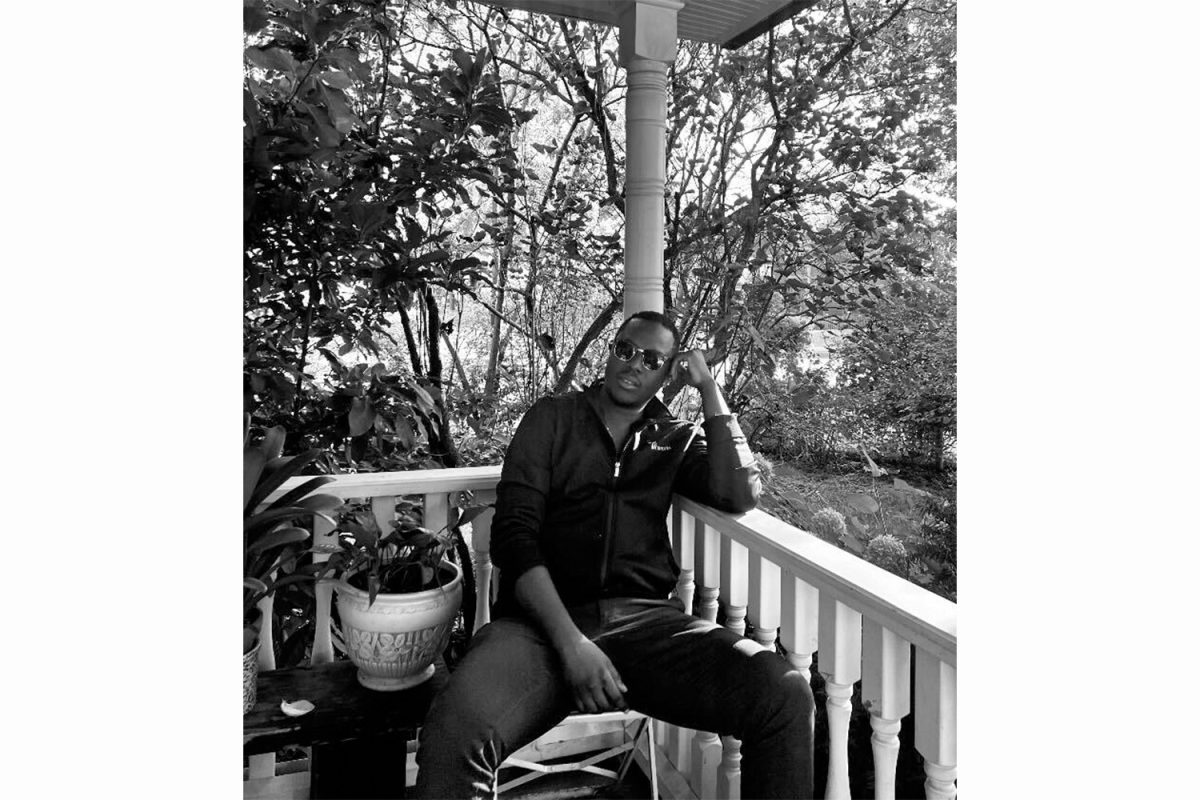MTV’s ‘College Life’ might seem like just another venture into the world of unreal ‘reality,’ but a harsher truth belies the show’s depictions of the undergraduate experience.
I drank a lot, skipped class, drank some more, tried in vain to extend a dying high-school relationship, took a far heavier course load than was normal or healthy, regularly fought with my parents, and rotated between feeling guilty if I wasn’t stressed or feeling like a loser if I wasn’t out partying.
I have a feeling that Kevin Tracy, one of the stars of MTV’s “College Life,” might feel similarly when he looks back on his freshman experience three years from now.
“I just didn’t take [college] seriously, you know?,” Tracy told me. “I thought I’d be able to get by with what I did in high school, but I found out college is a lot harder and got a real reality check.”
Despite his naïveté, Kevin is by far the most likable character on “College Life,” MTV’s chronicle of the lives of freshmen at the University of Wisconsin-Madison (the school does not endorse the show). Shot in documentary format by the participants themselves, “College Life” is billed as “real” as opposed to “reality” television (Kevin claims that everything is unscripted, and the only thing hindering the realism is the editing process). The program follows a variety of college stereotypes through the ups and downs of their first years including Andrea, the flirtatious virgin; Jordan, the token minority; Lindsay, the effervescently excited college newbie; and of course, Kevin, the amusing — if somewhat misguided (his costume for the Halloween episode was a bloody tampon) — party boy.
Carrie Janura, a UI senior and self-described “avid watcher” of “College Life,” said Kevin is her favorite character and described him as both “funny” and a “typical college bonehead.”
“I trust the show,” she said. “I think it’s really interesting and pretty accurate … There are a lot of different things that happen in a freshman year, and some are so dramatic and can get totally overblown … I think my freshman life was pretty much [like the show]. Maybe there was a little more drinking, but about like that.”
I wish I could disagree. If I’ve learned anything in the four years I’ve majored in communication studies at the UI, it’s that being skeptical about the media is essential — especially about anything openly billed as “reality.” But there’s something about “College Life” that feels authentic, resonating with even the most repressed memories I have of bad decisions made long ago.
Dr. Cathy Small, a professor of anthropology at Northern Arizona University and the author of the book My Freshman Year: What a Professor Learned by Becoming a Student (written under the pen name Rebekah Nathan), also finds the show to be representative of undergraduate culture.
“I think ‘College Life’ is pretty realistic, actually,” she said. “There is a certain truth in people showing the cameras and telling you what is important in their lives — or at least what they would want people to see as important. And that’s the two sides of it. Sometimes people aren’t able to distinguish the difference between that.”
Take, for example, our boy Kevin:
“He’s clearly showing his bad-boy story when he decides what to film,” Small said. “So what that tells you is that story is valued and he values that story. It doesn’t mean that’s what he’s about completely, but that’s the thing that I saw about college life — it seems like it’s very free but it’s very strict in what you’re able to value and show about yourself. That’s true about dorm doors, that’s true your Facebook page … they’re representing themselves in a light that is consistent with what college students are supposed to be and the cultural value system.”
Small related this to the experience she encountered when working on My Freshman Year, when she lived as an undercover student in Northern Arizona University’s dorms.
“[Kevin is] overplaying the things about drinking and not going to class and not doing well … and that’s what I saw in the dormitories, too — in the way that people just talk about themselves and the completely narrow role of classes and intellectual life,” she said. “And yet when you talk to people individually, they’re actually more interested in intellectual life and the things they see in their classes than they are in a sense allowed to express within the value system of college, unless they’re in a very small subculture.”
Small notes that the Animal House imagery of which Kevin has become a part is one of the dominant college stories in American society. In fact, when Small described freshman disorientation, she evoked philosopher Roland Barthes, who is known for his study of signs and cultural mythology.
“I think it’s hard to know what is important to you outside other social symbols and the social values in which you exist,” she said.
So if the Pabst Blue Ribbon Kevin holds is Barthes’ signifier, then the signified (or the concept the PBR represents) is the fact that Kevin is just another freshman dude looking to get drunk real fast. The resulting sign as a whole is that clearly has a drinking problem.
Kevin agrees.
“[Drinking has] been in our culture for a long time,” he said. “[At college], you’re free for the first time, and it’s part of growing up, I guess.”
I tell Kevin I can relate because I go to the UI, which Playboy recently named the country’s ninth biggest party school (however, I neglected to mention the serious hangover I was nursing during our interview).
“Isn’t it like, when you’re 19 you get to go in bars there?”
Yes, Kevin, that’s us.
Peter Nathan, a UI professor emeritus of community and behavioral health, attributes underage drinkers being able to freely gain admittance to bars as one reason for the UI’s party-school reputation.
“The University of Iowa has the dubious distinction of being the hardest-drinking university of the Big Ten,” he said. “The University of Wisconsin historically has also been a heavy drinking university, and Wisconsin itself has a long tradition of beer drinking. But the University of Iowa is No. 1 in the Big Ten for binge drinking [with 70 percent of undergrads meeting the criteria]. Not in football, not in basketball, but in drinking.”
When your town has around 52 bars in walking distance from its institution of higher learning, as Iowa City does, it’s hard to resist the temptation to put a few back — the fact that it’s a weeknight and you have a test (or interview) tomorrow be damned.
As college students, we choose to establish who we are within or outside of culturally established norms. We choose to drink ourselves into oblivion when we’re freshman, we choose to devote a little more time to our studies as sophomores, and by the time we’re juniors and seniors, we choose to do everything we can to get the hell out of here with a diploma in hand.
Melea: Have you learned any life lessons over the past year with “College Life?”
Kevin: Not really. It was just a cool freshman college experience.
Melea: What’s next for you? Where do you go from here?
Kevin: Well, I’m working over the summer and coming back to Madison for sophomore year.
Melea; I guess a better question might be “What do you wanna be when you grow up?”
Kevin: Hmmm … that’s a tough question. I really haven’t thought much about the future. I really have no idea … I’m only 19.
I’m only 21, but my fourth year at Iowa officially ends later today, and the most important thing I’ve learned is that the party is over much sooner than you could ever imagine.






